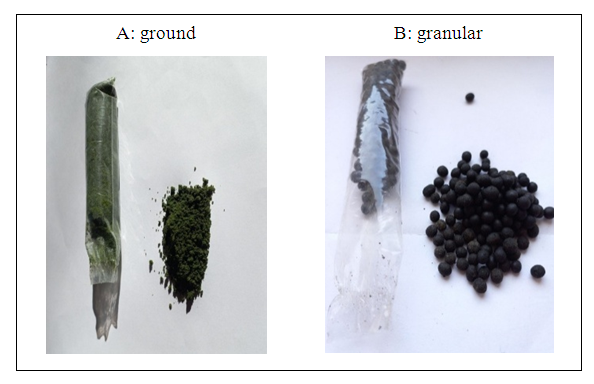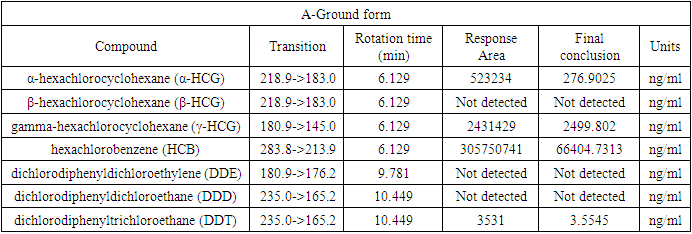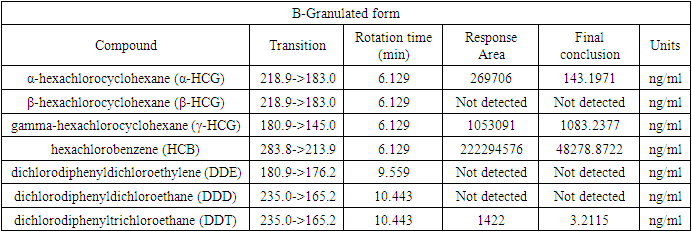-
Paper Information
- Next Paper
- Paper Submission
-
Journal Information
- About This Journal
- Editorial Board
- Current Issue
- Archive
- Author Guidelines
- Contact Us
American Journal of Medicine and Medical Sciences
p-ISSN: 2165-901X e-ISSN: 2165-9036
2024; 14(4): 901-903
doi:10.5923/j.ajmms.20241404.21
Received: Mar. 6, 2024; Accepted: Mar. 23, 2024; Published: Apr. 10, 2024

Reasons for Regulating Smokeless Tobacco in Uzbekistan
Jasur Juraev1, Farrukh Tashpulatov2, Ziyadulla Kushimov3
1Department of Preventive Services, School of Public Health, Kyoto University, Kyoto City, Japan
2Department of Sanitary and Epidemiological Monitoring of the Head Medical Department of the President Administration of the Republic of Uzbekistan, Tashkent City, Uzbekistan
3Public Health and Pharmacovigilance Servicing Company in Virginia, USA
Correspondence to: Jasur Juraev, Department of Preventive Services, School of Public Health, Kyoto University, Kyoto City, Japan.
| Email: |  |
Copyright © 2024 The Author(s). Published by Scientific & Academic Publishing.
This work is licensed under the Creative Commons Attribution International License (CC BY).
http://creativecommons.org/licenses/by/4.0/

Smokeless tobacco, particularly nasvay, poses significant public health concerns in Uzbekistan. Despite its widespread use and cultural significance, nasvay consumption is associated with various health risks, including oral cancer, cardiovascular diseases, and addiction. This abstract highlights the urgent need for regulatory measures to control the production, sale, and consumption of nasvay in Uzbekistan. The reasons for regulation include protecting public health, reducing healthcare costs, preventing youth initiation, and addressing socio-economic disparities. Evidence-based policies, such as taxation, advertising restrictions, health warnings, and cessation support, can effectively mitigate the adverse effects of nasvay use. Implementing comprehensive regulations aligned with international best practices is essential to combat the growing burden of smokeless tobacco-related diseases and promote public well-being in Uzbekistan.
Keywords: Tobacco control, Smokeless tobacco, Persistent Organic Pollutants, Cancer
Cite this paper: Jasur Juraev, Farrukh Tashpulatov, Ziyadulla Kushimov, Reasons for Regulating Smokeless Tobacco in Uzbekistan, American Journal of Medicine and Medical Sciences, Vol. 14 No. 4, 2024, pp. 901-903. doi: 10.5923/j.ajmms.20241404.21.
Article Outline
1. Introduction
- Smoking is one of the main and long-standing health and human problems worldwide. According to the World Health Organization, tobacco is a major risk factor for the development of noncommunicable diseases (NCDs): 41 million people die from NCDs every year, accounting for 74% of all deaths worldwide. Interestingly, 86% of all NCDs deaths occur in low- and middle-income countries [1].More than 8 million people die from tobacco every year, with more than 7 million of these deaths being the result of direct tobacco use and about 1.3 million from second-hand smoke by non-smokers [2]. According to the research tobacco kills up to half of its users who do not quit and a major cause of various deadly diseases, including cancer, cardiovascular diseases, and respiratory diseases [3,4].There are many different smokeless tobacco products and methods of use around the world. There are an estimated 346 million smokeless tobacco users worldwide, most of whom (86%) live in the Southeast Asian region. Approximately 4% of young people ages 13-15 worldwide use smokeless tobacco products; As with adults, most smokeless tobacco users ages 13-15 reside in the Southeast Asian region [5].This study aims to identify types and concentrations of Persistent Organic Pollutants (POPs) in smokeless tobacco, thus contributing to assessing cancer risks associated with smokeless tobacco use in Uzbekistan.
2. Materials and Methods
- We conducted an experiment on the content of pesticides in a crop purchased randomly at retail outlets in the city of Tashkent.We analyzed two samples of ground and granulated nasvay (each 20 grams) (Photos 1 A and B) in the toxicohygienic laboratory of the Department of Sanitary and Epidemiological Monitoring of the Head Medical Department of the President Administration of the Republic of Uzbekistan. The analysis was carried out using Agilent Technology gas chromatography (GCh - which today helps to determine the quality and purity of food, air, water, and pharmaceuticals, as well as helps in testing controlled substances in criminal investigations and sports competitions) 7890B/MS 7000D (gas chromatography-mass spectrometer).We analyzed the pesticide concentrates: α-hexachlorocyclohexane (α-HCG), β-hexachlorocyclohexane (β-HCG), gamma-hexachlorocyclohexane (γ-HCG), hexachlorobenzene, dichlorodiphenyldichloroethylene (DDE), dichlorodiphenyldichloroethane (DDD) and dichlorodiphenyltrichloroethane, commonly known as DDT.
 | Figure 1. Two types of nasvay |
3. Results and Discussions
- According to laboratory analysis in Table 1 and 2, both types of nasvay are very dangerous not only for humans, but also for the ecology of Uzbekistan.
|
|
4. Conclusions
- Improving the health of the population is one of the main goals of each country's health policy. Progress in the health care system can be seen significantly compared to recent years (in 2023, the law "On limiting the distribution and use of alcohol and tobacco products" was adopted), but Uzbekistan still faces problematic aspects of public health [9]. These include a high burden of disease due to the increasing prevalence of NCDs, especially cardiovascular diseases, cancer, and diseases leading to premature death and disability. Behavioural and metabolic factors continue to dominate among the main characteristics of all risks, which indicates the constant improvement of effective tobacco control measures [10].The consumption of pesticides will lead to malignant neoplasms such as cancer of the esophagus, stomach, and pancreas, and may contribute to genetic, mental, cardiovascular diseases and chronic hypertension. There is enough information that the use of nasvay leads to inflammation of the mucous membrane of the mouth and gums, gum atrophy, caries, premature tooth loss.The next steps of our research will be a deep understanding of why smokers prefer nasvay, and we plan to analyze more samples in all regions of Uzbekistan and conduct a mixed study among men diagnosed with stomach cancer.
ACKNOWLEDGEMENTS
- This work was supported by Goziev Soyibjon Orivjonovich Head Doctor of Department of Sanitary and Epidemiological Monitoring of the Head Medical Department of the President Administration of the Republic of UzbekistanFunding: None.Competing interest: None declared.Ethical approval: This article does not contain any studies with human participants or animals performed by any of the authors.
 Abstract
Abstract Reference
Reference Full-Text PDF
Full-Text PDF Full-text HTML
Full-text HTML
